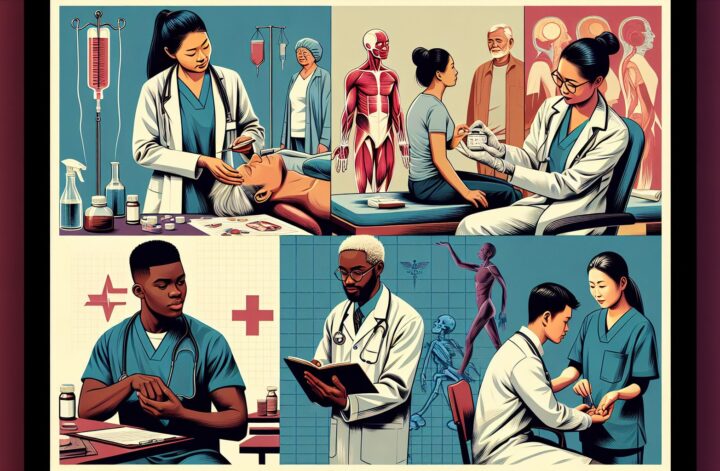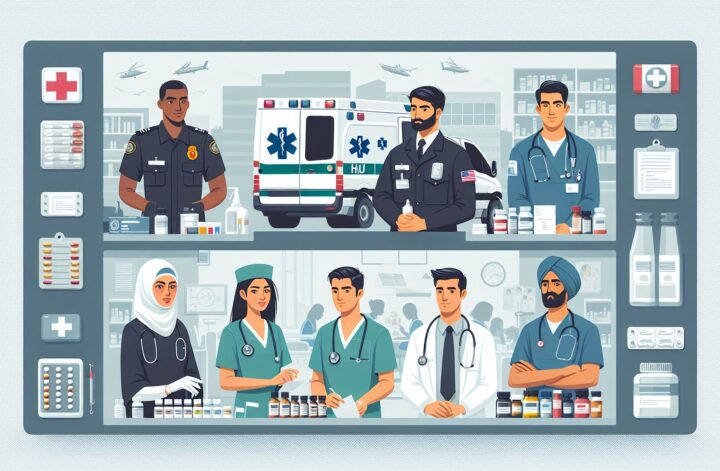When it comes to seeking medical help, there are various options available to individuals depending on their needs and preferences. From primary care physicians to specialists, urgent care clinics to emergency rooms, the healthcare system offers a range of services to cater to different medical issues. In this article, we will explore the different types of medical help that are commonly sought after by patients.
Primary Care Physicians
Primary care physicians, also known as family doctors or general practitioners, are often the first point of contact for individuals seeking medical help. These healthcare providers are trained to diagnose and treat a wide range of illnesses and injuries, and they also provide preventive care and health education to their patients. Primary care physicians are essential for managing chronic conditions, coordinating care between different healthcare providers, and addressing a variety of health concerns.
Specialists
Specialists are healthcare providers who have additional training in a specific area of medicine, such as cardiology, neurology, or orthopedics. Patients may be referred to a specialist by their primary care physician for further evaluation and treatment of complex medical conditions. Specialists have expertise in a particular area of medicine and can offer more specialized care to patients with specific healthcare needs.
Urgent Care Clinics
Urgent care clinics are walk-in healthcare facilities that provide medical treatment for non-life-threatening conditions that require immediate attention. These clinics are a convenient option for individuals who need care outside of regular office hours or cannot wait for an appointment with their primary care physician. Urgent care clinics can treat a variety of issues, such as sprains, fevers, and minor injuries, and they often have extended hours to accommodate busy schedules.
Emergency Rooms
Emergency rooms are healthcare facilities that provide care for life-threatening medical emergencies, such as heart attacks, strokes, and severe injuries. Patients who require immediate medical attention should go to the nearest emergency room for evaluation and treatment. Emergency rooms are equipped to handle critical situations and have the necessary resources to stabilize patients and provide life-saving interventions.
Telemedicine
Telemedicine is a growing trend in healthcare that allows patients to consult with healthcare providers remotely using technology, such as video calls or messaging apps. Telemedicine can be used for a variety of purposes, including diagnosing medical issues, managing chronic conditions, and providing counseling services. This option is especially convenient for individuals who have difficulty accessing traditional healthcare services due to geographic barriers or limited mobility.
In conclusion, the healthcare system offers a variety of options for individuals seeking medical help, ranging from primary care physicians to specialists, urgent care clinics to emergency rooms, and telemedicine services. It is important for individuals to consider their medical needs and preferences when choosing the type of care that is right for them. By understanding the different types of medical help available, patients can make informed decisions about their healthcare and receive the most appropriate care for their conditions.




